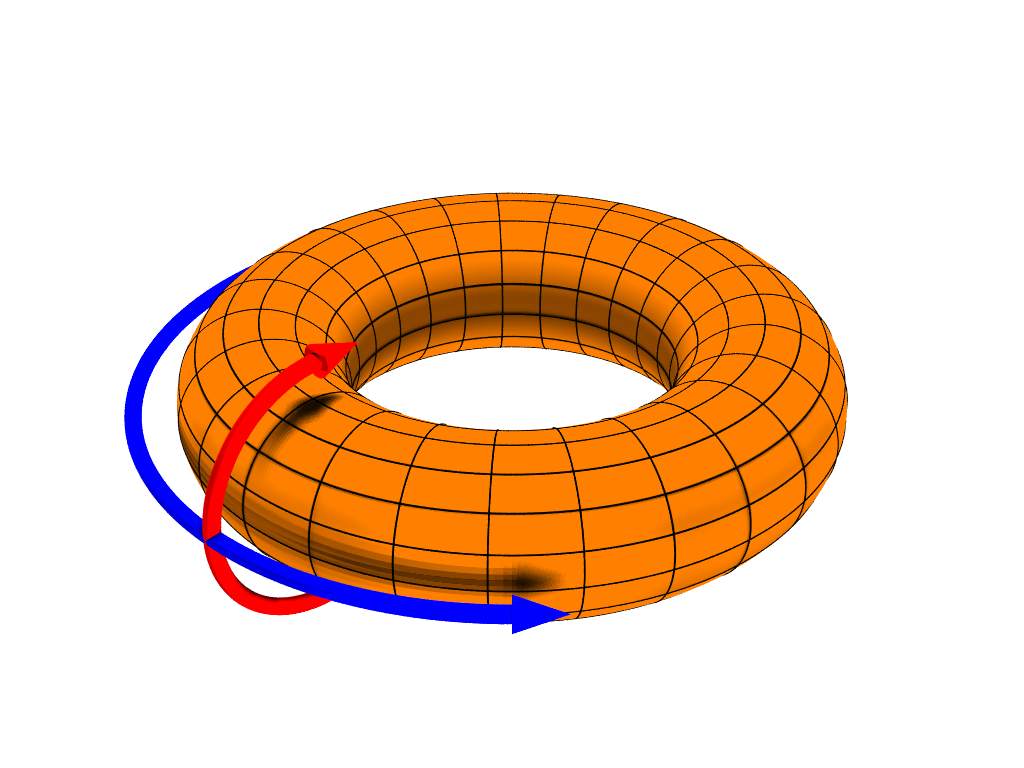G-module on:
[Wikipedia]
[Google]
[Amazon]
 In
In
 In
In mathematics
Mathematics is an area of knowledge that includes the topics of numbers, formulas and related structures, shapes and the spaces in which they are contained, and quantities and their changes. These topics are represented in modern mathematics ...
, given a group ''G'', a ''G''-module is an abelian group ''M'' on which ''G'' acts
The Acts of the Apostles ( grc-koi, Πράξεις Ἀποστόλων, ''Práxeis Apostólōn''; la, Actūs Apostolōrum) is the fifth book of the New Testament; it tells of the founding of the Christian Church and the spread of its message ...
compatibly with the abelian group structure on ''M''. This widely applicable notion generalizes that of a representation of ''G''. Group (co)homology provides an important set of tools for studying general ''G''-modules.
The term ''G''-module is also used for the more general notion of an ''R''-module on which ''G'' acts linearly (i.e. as a group of ''R''-module automorphism
In mathematics, an automorphism is an isomorphism from a mathematical object to itself. It is, in some sense, a symmetry of the object, and a way of mapping the object to itself while preserving all of its structure. The set of all automorphisms ...
s).
Definition and basics
Let be a group. A left -module consists of an abelian group together with a left group action such that :''g''·(''a''1 + ''a''2) = ''g''·''a''1 + ''g''·''a''2 and :(''g''2 ''x'' ''g''1)·''a'' = ''g''2·(''g''1·''a'') where ''g''·''a'' denotes ρ(''g'',''a'') and ''x'' denotes the binary operation inside the group ''G''. A right ''G''-module is defined similarly. Given a left ''G''-module ''M'', it can be turned into a right ''G''-module by defining ''a''·''g'' = ''g''−1·''a''. A function ''f'' : ''M'' → ''N'' is called a morphism of ''G''-modules (or a ''G''-linear map, or a ''G''-homomorphism) if ''f'' is both a group homomorphism and ''G''- equivariant. The collection of left (respectively right) ''G''-modules and their morphisms form an abelian category ''G''-Mod (resp. Mod-''G''). The category ''G''-Mod (resp. Mod-''G'') can be identified with the category of left (resp. right) ZG-modules, i.e. with the modules over the group ring Z 'G'' A submodule of a ''G''-module ''M'' is a subgroup ''A'' ⊆ ''M'' that is stable under the action of ''G'', i.e. ''g''·''a'' ∈ ''A'' for all ''g'' ∈ ''G'' and ''a'' ∈ ''A''. Given a submodule ''A'' of ''M'', the quotient module ''M''/''A'' is thequotient group
A quotient group or factor group is a mathematical group obtained by aggregating similar elements of a larger group using an equivalence relation that preserves some of the group structure (the rest of the structure is "factored" out). For examp ...
with action ''g''·(''m'' + ''A'') = ''g''·''m'' + ''A''.
Examples
*Given a group ''G'', the abelian group Z is a ''G''-module with the ''trivial action'' ''g''·''a'' = ''a''. *Let ''M'' be the set of binary quadratic forms ''f''(''x'', ''y'') = ''ax''2 + 2''bxy'' + ''cy''2 with ''a'', ''b'', ''c'' integers, and let ''G'' = SL(2, Z) (the 2×2 special linear group over Z). Define :: :where :: :and (''x'', ''y'')''g'' is matrix multiplication. Then ''M'' is a ''G''-module studied by Gauss. Indeed, we have :: *If ''V'' is a representation of ''G'' over a field ''K'', then ''V'' is a ''G''-module (it is an abelian group under addition).Topological groups
If ''G'' is a topological group and ''M'' is an abelian topological group, then a topological ''G''-module is a ''G''-module where the action map ''G''×''M'' → ''M'' is continuous (where the product topology is taken on ''G''×''M''). In other words, a topological ''G-module'' is an abelian topological group ''M'' together with a continuous map ''G''×''M'' → ''M'' satisfying the usual relations ''g''(''a'' + ''a′'') = ''ga'' + ''ga′'', (''gg′'')''a'' = ''g''(''g′a''), and 1''a'' = ''a''.Notes
References
*Chapter 6 of {{Weibel IHA Group theory Representation theory of groups